A futurist claims longevity escape velocity may arrive by 2029, suggesting life expectancy could rise faster than we age. Here’s what the science says.



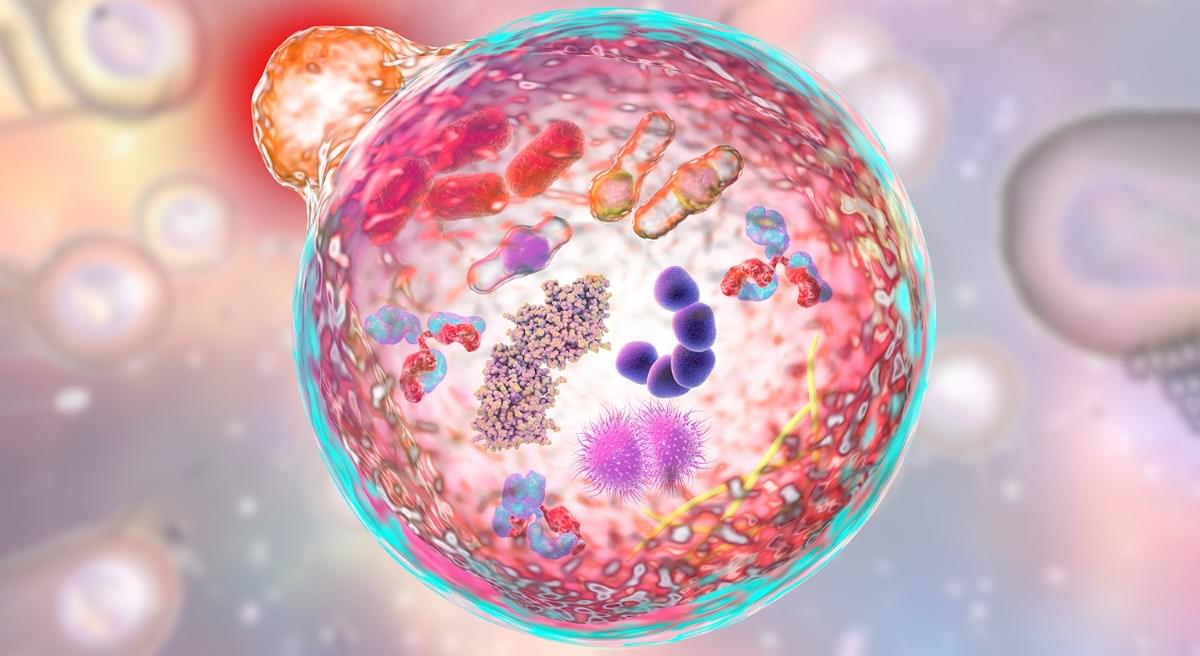
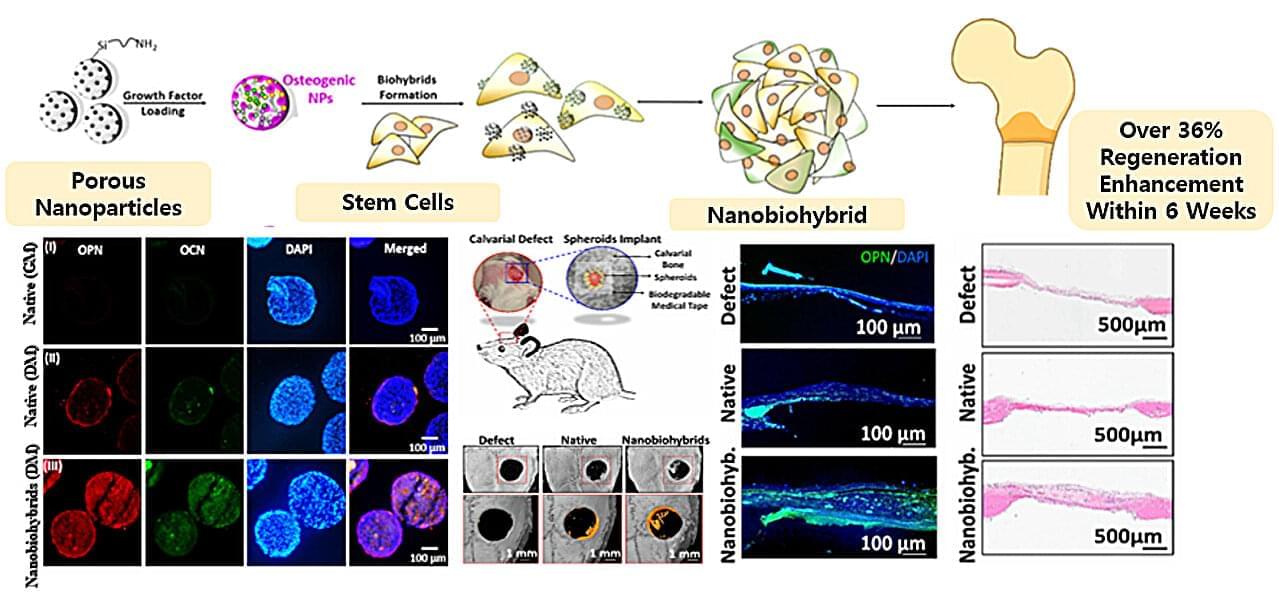
A research team in South Korea has successfully developed a novel technology that combines nanoparticles with stem cells to significantly improve 3D bone tissue regeneration. This advancement marks a step forward in the treatment of bone fractures and injuries, as well as in next-generation regenerative medicine.
The research is published in the journal ACS Biomaterials Science & Engineering.
Dr. Ki Young Kim and her team at the Korea Research Institute of Chemical Technology (KRICT), in collaboration with Professor Laura Ha at Sunmoon University, have engineered a nanoparticle-stem cell hybrid, termed a nanobiohybrid by integrating mesoporous silica nanoparticles (mSiO₂ NPs) with human adipose-derived mesenchymal stem cells (hADMSCs). The resulting hybrid cells demonstrated markedly enhanced osteogenic (bone-forming) capability.
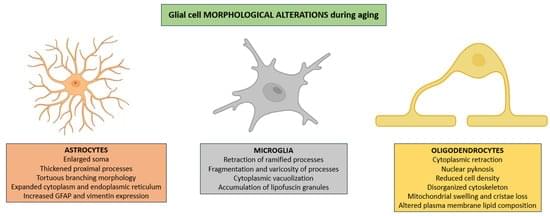
Aging is accompanied by complex cellular and molecular changes that compromise CNS function. Among these, glial cells (astrocytes, microglia, and oligodendrocytes) play a central role in maintaining neural homeostasis, modulating synaptic activity, and supporting metabolic demands. Emerging evidence indicates that aging disrupts glial cell physiology through processes including mitochondrial dysfunction, impaired proteostasis, chronic low-grade inflammation, and altered intercellular signaling. These alterations contribute to synaptic decline, myelin degeneration, and persistent, low-grade inflammation of the CNS. This review synthesizes current knowledge on the bidirectional relationship between aging and glial cell dysfunction, highlighting how age-related systemic and CNS-specific factors exacerbate glial impairments and, in turn, accelerate neural deterioration.
Join us on Patreon! https://www.patreon.com/MichaelLustgartenPhD
Discount Links/Affiliates:
Blood testing (where I get the majority of my labs): https://www.ultalabtests.com/partners/michaellustgarten.
At-Home Metabolomics: https://www.iollo.com?ref=michael-lustgarten.
Use Code: CONQUERAGING At Checkout.
Clearly Filtered Water Filter: https://get.aspr.app/SHoPY
Epigenetic, Telomere Testing: https://trudiagnostic.com/?irclickid=U-s3Ii2r7xyIU-LSYLyQdQ6…M0&irgwc=1
Use Code: CONQUERAGING
NAD+ Quantification: https://www.jinfiniti.com/intracellular-nad-test/
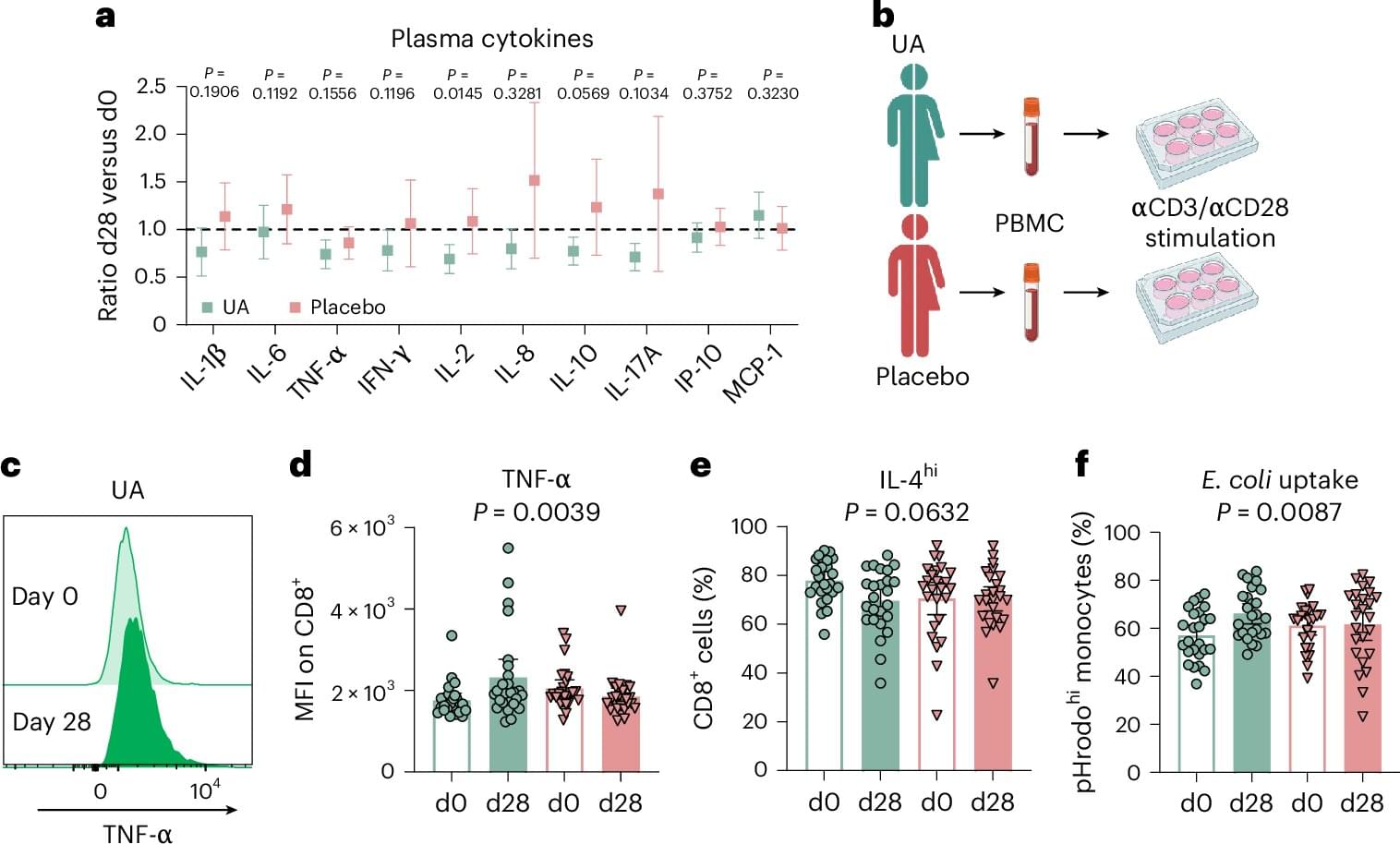
An international research team focused on aging reports that urolithin A at 1,000 mg per day shifted human immune profiles toward a more naive-like, less exhausted CD8+ state and increased fatty acid oxidation capacity, with additional functional gains.
Urolithin A is a metabolite produced by gut bacteria after breaking down ellagic acid from certain foods, such as pomegranates and walnuts. While produced naturally through microbial digestion, it is in much smaller quantities than available as a supplement or used in the study.
Aging bodies face reduced production of mature T cells, shrinking naive T cell pools and chronic low-grade inflammation. Mitochondrial dysfunction and waning autophagy sit at the core of these shifts, with mitophagy failure linked to immune dysregulation and disease.
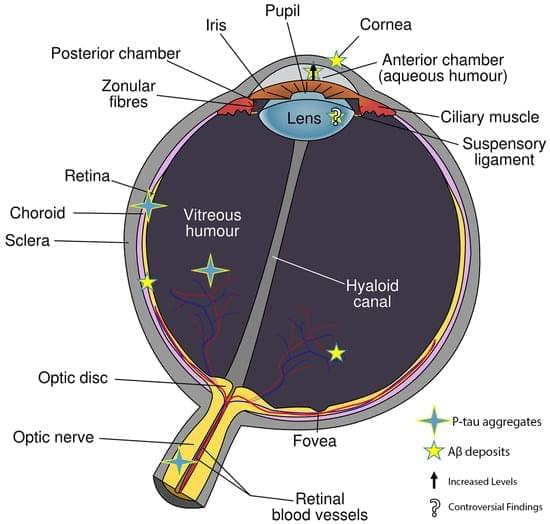
In the early stages of Alzheimer–Perusini’s disease (AD), individuals often experience vision-related issues such as color vision impairment, reduced contrast sensitivity, and visual acuity problems. As the disease progresses, there is a connection with glaucoma and age-related macular degeneration (AMD) leading to retinal cell death. The retina’s involvement suggests a link with the hippocampus, where most AD forms start. A thinning of the retinal nerve fiber layer (RNFL) due to the loss of retinal ganglion cells (RGCs) is seen as a potential AD diagnostic marker using electroretinography (ERG) and optical coherence tomography (OCT). Amyloid beta fragments (Aβ), found in the eye’s vitreous and aqueous humor, are also present in the cerebrospinal fluid (CSF) and accumulate in the retina. Aβ is known to cause tau hyperphosphorylation, leading to its buildup in various retinal layers.
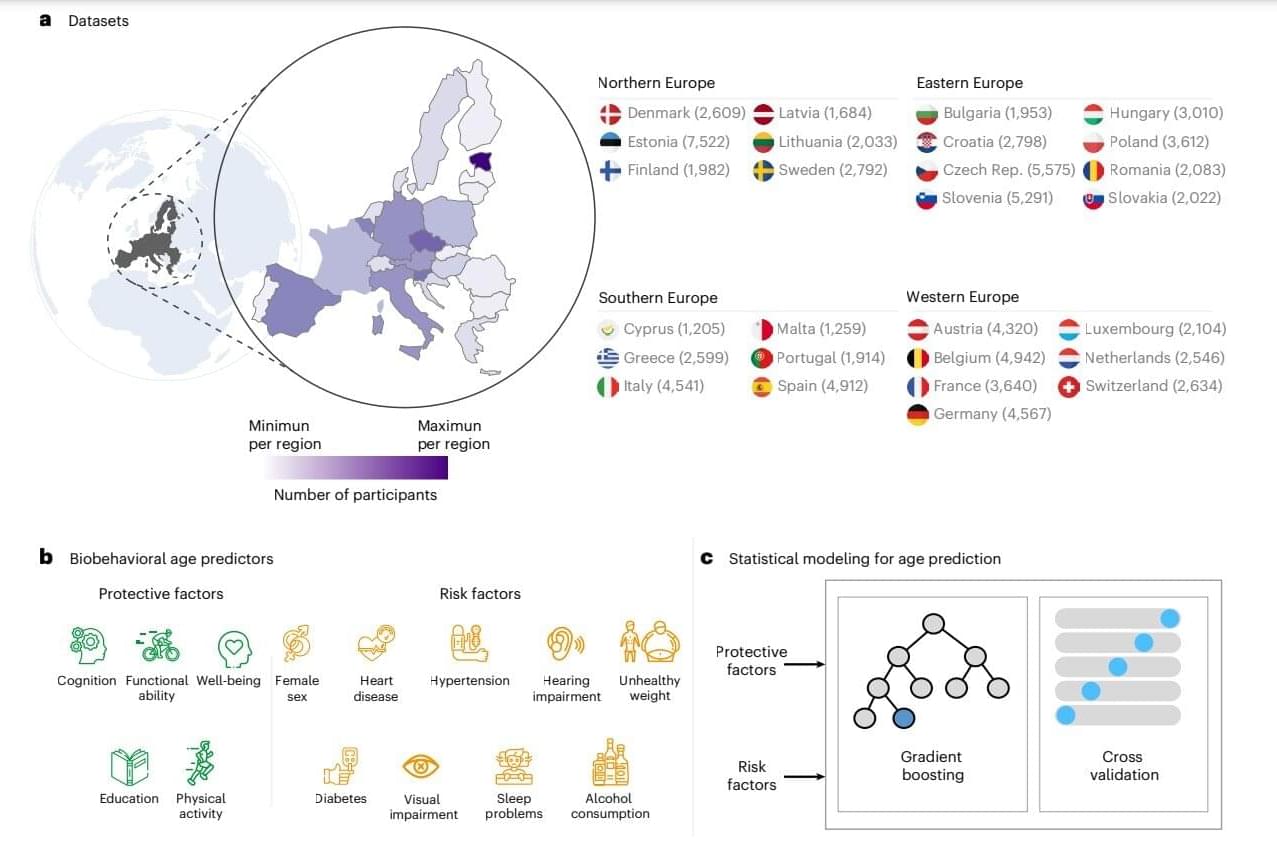
Speaking more than one language can slow down the brain’s aging and lower risks linked to accelerated aging.
In a new study, researchers analyzed the Biobehavioral Age Gap (BAG) —a person’s biological age using health and lifestyle data, then compared it to their actual age—of over 80,000 participants aged 51–90 across 27 European countries. They found that people who speak only one language are twice as likely to experience accelerated aging compared to multilingual individuals.
Researchers suggest that the protective effect might arise from the constant ongoing mental effort required to manage more than one language. The findings of this study are published in Nature Aging.

A recent study of over 80,000 Europeans concluded that speaking more than one language is associated with delayed aging. Further analysis suggested that the protective effect of speaking one foreign language diminished with age, while the protective effect of speaking two or more foreign languages was more robust with aging [1].
Beyond communication
Learning a foreign language and maintaining this knowledge in the long term is not an easy endeavor. However, as research suggests, it can bring benefits that go beyond simply communication and cultural enrichment.